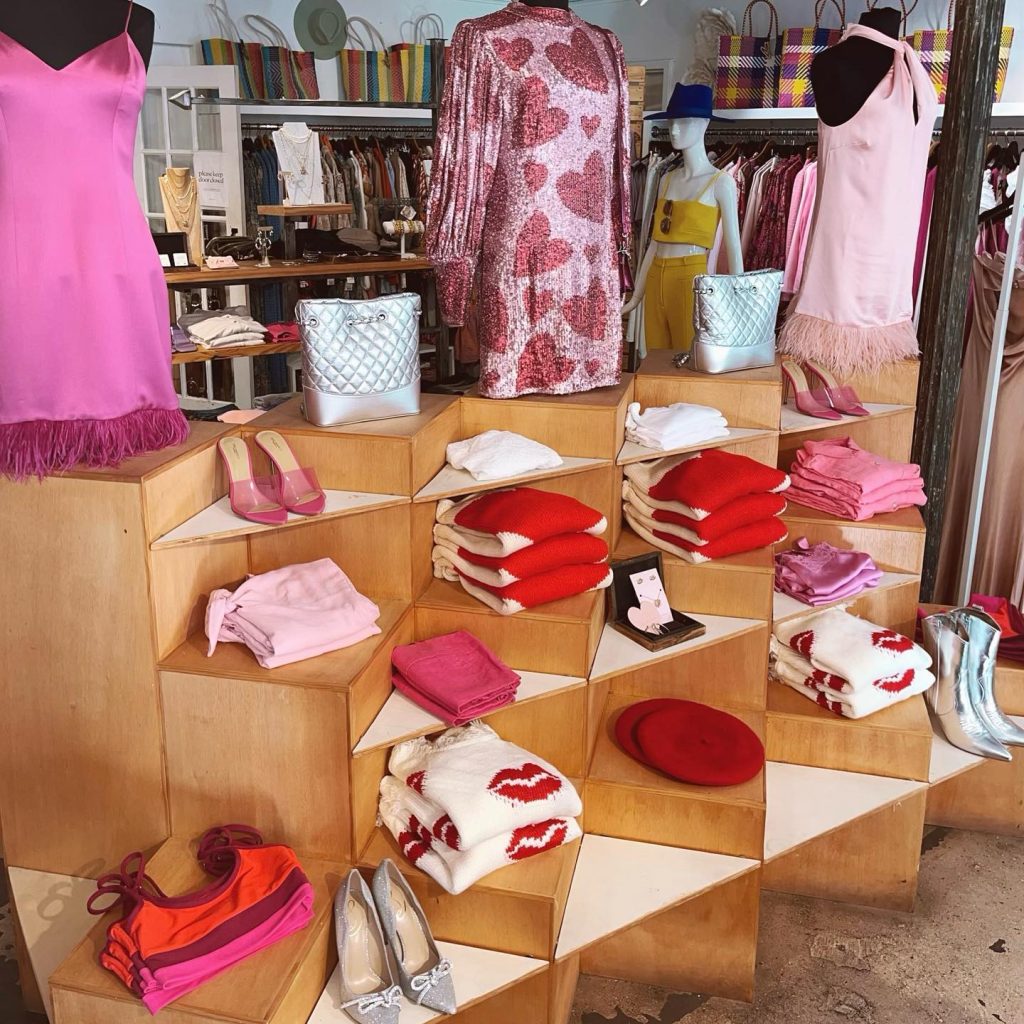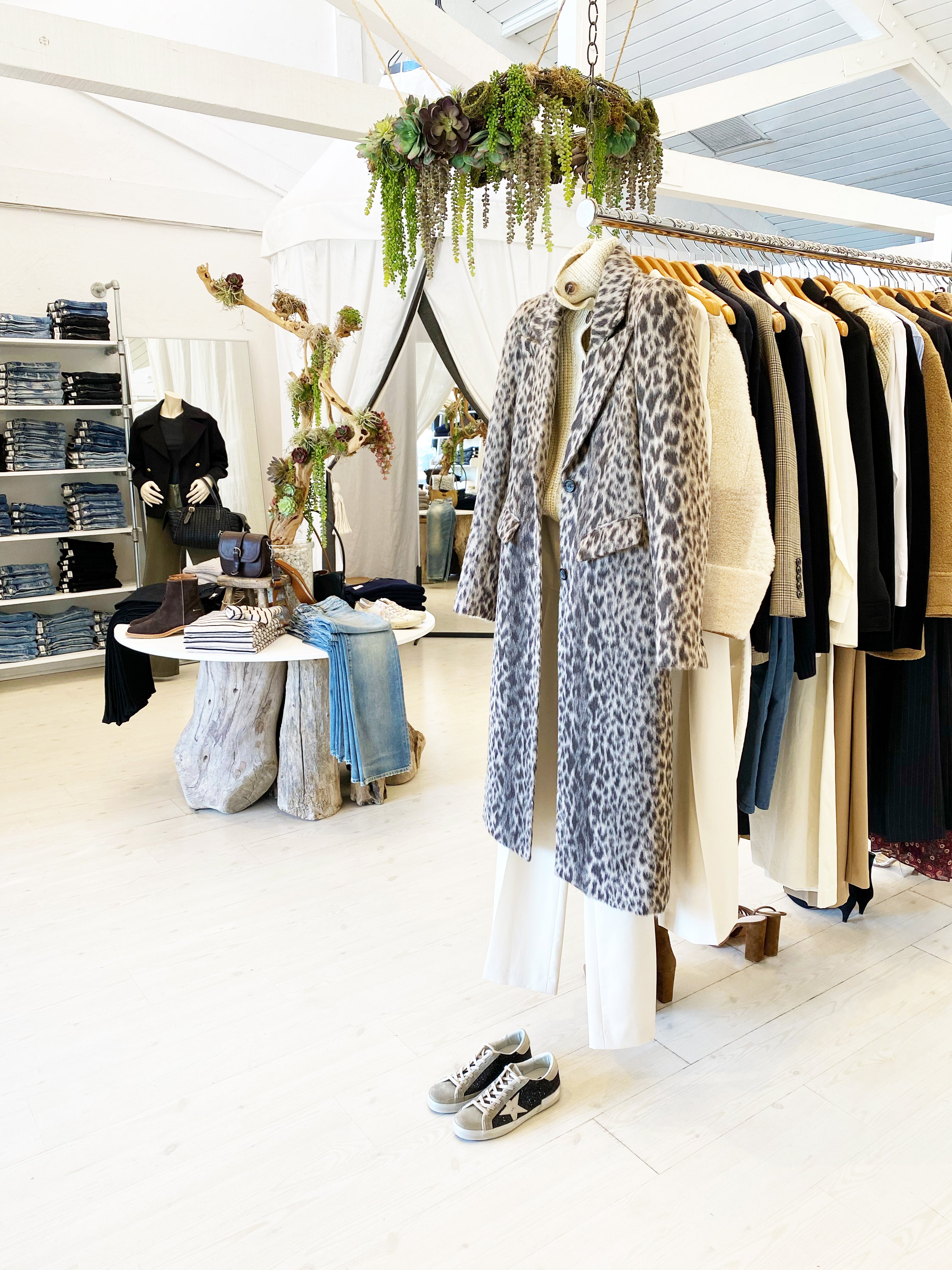Elevate Your Wardrobe with Spectacular Boutique Fashion Fundamentals
Elevate Your Wardrobe with Spectacular Boutique Fashion Fundamentals
Blog Article
Checking Out the Advancement and Impact of Garments on Modern Style Trends
The advancement of clothing has dramatically influenced modern fashion patterns, combining historic precedents with advanced innovations. Legendary figures like Coco Chanel and Yves Saint Laurent revolutionized the apparel industry by introducing concepts that prioritize comfort and availability, which proceed to reverberate today. Technological strides in areas such as 3D printing and wise textiles are redefining style possibilities and customer experiences (boutique fashion). Furthermore, the expanding focus on inclusivity and sustainability is improving market requirements. As we take into consideration these diverse impacts, one must question how these elements collectively redefine style's duty in mirroring and shaping contemporary culture.
Historical Style Influencers
In the tapestry of fashion background, specific figures have left an enduring mark, shaping the trends and designs that specify whole eras. Coco Chanel, an advanced designer, redefined women's style by introducing comfortable, classy garments that left from limiting corsets. Her iconic Chanel match and little black gown have come to be ageless staples in closets worldwide. Christian Dior's post-war "New Look" in 1947, with its celebration of feminineness with complete skirts and cinched midsections, noted a return to opulence and has actually continued to affect designers.
Elsa Schiaparelli is another critical figure, renowned for her avant-garde layouts that included surrealist art, collaborating with Salvador Dalí to create wayward pieces that tested standard looks. Her ingenious use of color and strong patterns resounds in contemporary fashion. Yves Saint Laurent, on the other hand, democratized haute couture with prêt-à-porter collections, bringing path styles to the masses and establishing a criterion for modern ready-to-wear lines.
These dreamers, among others, not only reinvented fashion in their times but additionally established enduring patterns that reverberate in today's fashion business, providing a foundation whereupon modern designers remain to introduce and develop. Their legacies emphasize the relevance of creativity and bold in fashion's ever-evolving story.
Technical Innovations in vogue
Amidst the vibrant landscape of the garment industry, technological advancements stand at the forefront of innovation, improving just how designers develop and consumers involve with fashion. The combination of 3D printing has actually revolutionized style procedures, enabling developers to experiment with intricate frameworks and sustainable materials that were previously unthinkable. This technology assists in rapid prototyping, minimizing waste and quickening production times.

Smart fabrics, installing modern technology into fabrics, are additionally transforming the industry. Developments like self-cleaning and temperature-regulating fabrics use boosted functionality and comfort. Wearable innovation, integrating functions like physical fitness monitoring and interaction, adds a new measurement to fashion, combining aesthetics with practicality.
Social Shifts and Style
As technological developments remain to reshape the apparel industry, cultural changes are similarly influential, redefining design and consumer preferences. Recently, the increase of social media platforms has actually sped up the dissemination of global style fads, enabling diverse social impacts to exist side-by-side and merge. This electronic interconnectivity has actually assisted in the rapid exchange of concepts, leading to a more comprehensive and eclectic interpretation of design that reflects the complex nature of contemporary society.
Cultural awareness and gratitude have actually motivated developers to draw motivation from a wider spectrum of ethnic and historical contexts, incorporating conventional concepts with modern looks. This combination has resulted in style that reverberates with a bigger target market, promoting a feeling of identification and belonging across various demographics. Furthermore, the enhancing demand for customization has actually driven brand names to offer adjustable options, making it possible for consumers to express individuality while reflecting their cultural heritage.
In addition, shifting societal worths have actually impacted fashion, with inclusivity and diversity becoming central motifs. The industry has actually started to embrace versions and influencers of different type of body, ethnicities, and gender identifications, difficult standard charm standards. This makeover highlights the power of social shifts in shaping the future of style, as style becomes an extra genuine expression of collective and personal identity.
Sustainability and Modern Layout
While the garment industry remains to evolve, the critical for sustainability has actually become progressively immediate, affecting modern-day layout practices. This change aims to address honest factors to consider and environmental problems, resulting in a reevaluation of typical manufacturing methods. Designers are currently incorporating lasting materials, such as organic cotton, recycled polyester, and eco-friendly textiles, right into their collections, lowering the ecological impact of style. The increase of slow-moving fashion, which emphasizes high quality over amount, encourages customers to buy timeless pieces rather than short-term fads.
Additionally, modern-day design is characterized by its innovation in decreasing waste and promoting circularity. This approach not just reduces environmental effect but additionally improves the social responsibility of style houses.

Future Trends in vogue
:no_upscale()/cdn.vox-cdn.com/uploads/chorus_image/image/62476024/DrielyS-4990.0.0.0.jpg)
Sustainability will remain to be a driving force in forming future style patterns. The market websites is increasingly my link embracing eco-friendly materials and honest manufacturing approaches, reacting to a growing customer demand for responsible practices. Technologies such as bio-fabricated materials and closed-loop recycling systems are readied to redefine how apparel is produced and taken in, lowering ecological influence while keeping style and high quality.
Social changes, including the increase of inclusivity and diversity, will certainly also play a crucial role. As culture ends up being more knowledgeable about social issues, fashion is anticipated to come to be a system for expression and modification. Designers will likely concentrate on developing collections that mirror a more comprehensive series of identities and experiences, championing representation and accessibility.
Final Thought
The development of garments dramatically influences modern-day fashion fads, where historical influences merge with modern designs. This ongoing evolution emphasizes fashion's duty as a mirror to societal worths and technical advancement, suggesting a future abundant with advancement and inclusivity.
The development of clothing has significantly influenced modern style fads, merging historical precedents with cutting-edge innovations.Among the dynamic landscape of the fashion industry, technical advancements stand at the forefront of technology, improving exactly how developers produce and consumers involve with style.While the fashion market continues to evolve, the crucial for sustainability has useful reference come to be increasingly immediate, influencing modern design practices. As sustainability comes to be ingrained in modern-day design, it leads the way for a more responsible and mindful style sector.
The evolution of clothes considerably affects modern fashion patterns, where historic impacts combine with contemporary styles.
Report this page